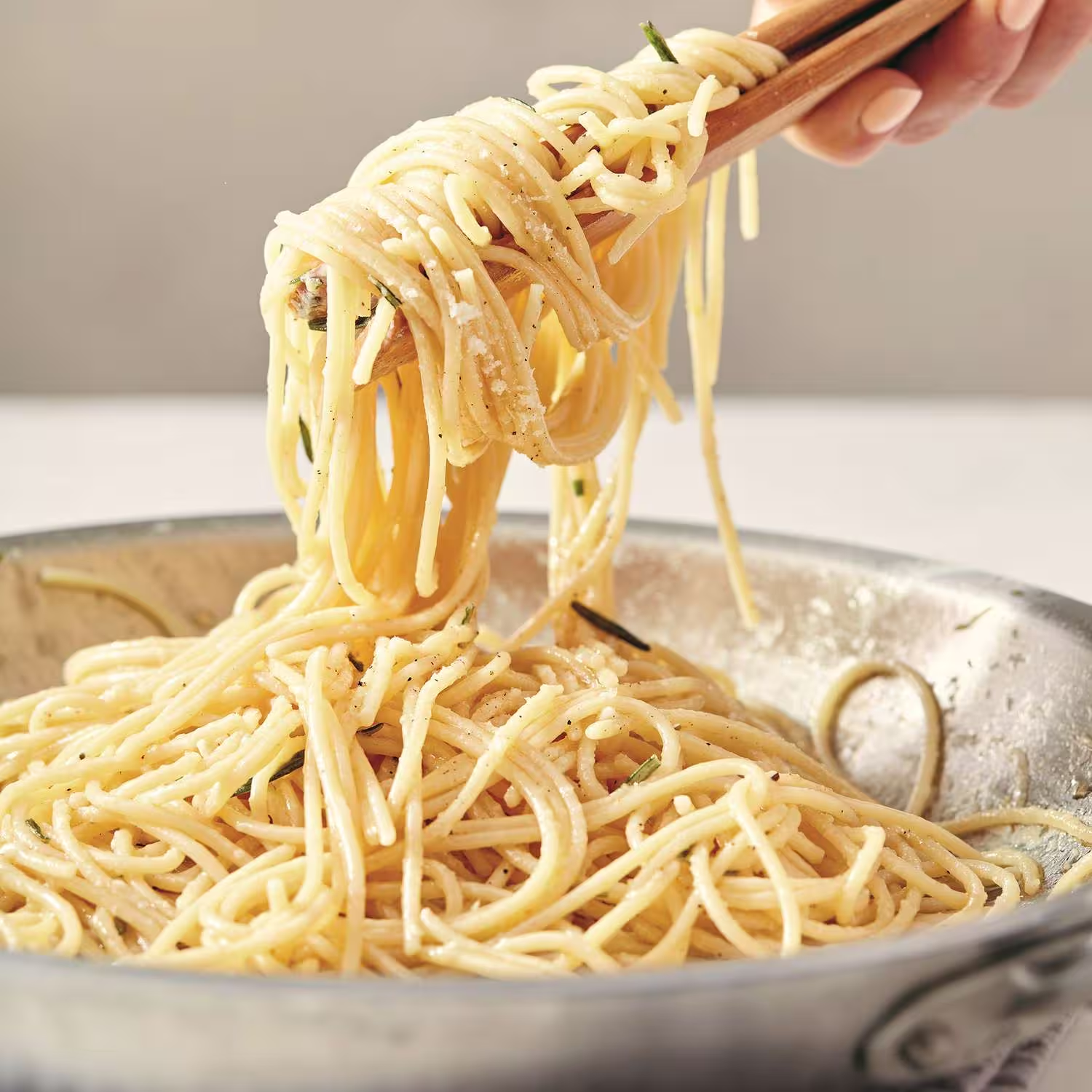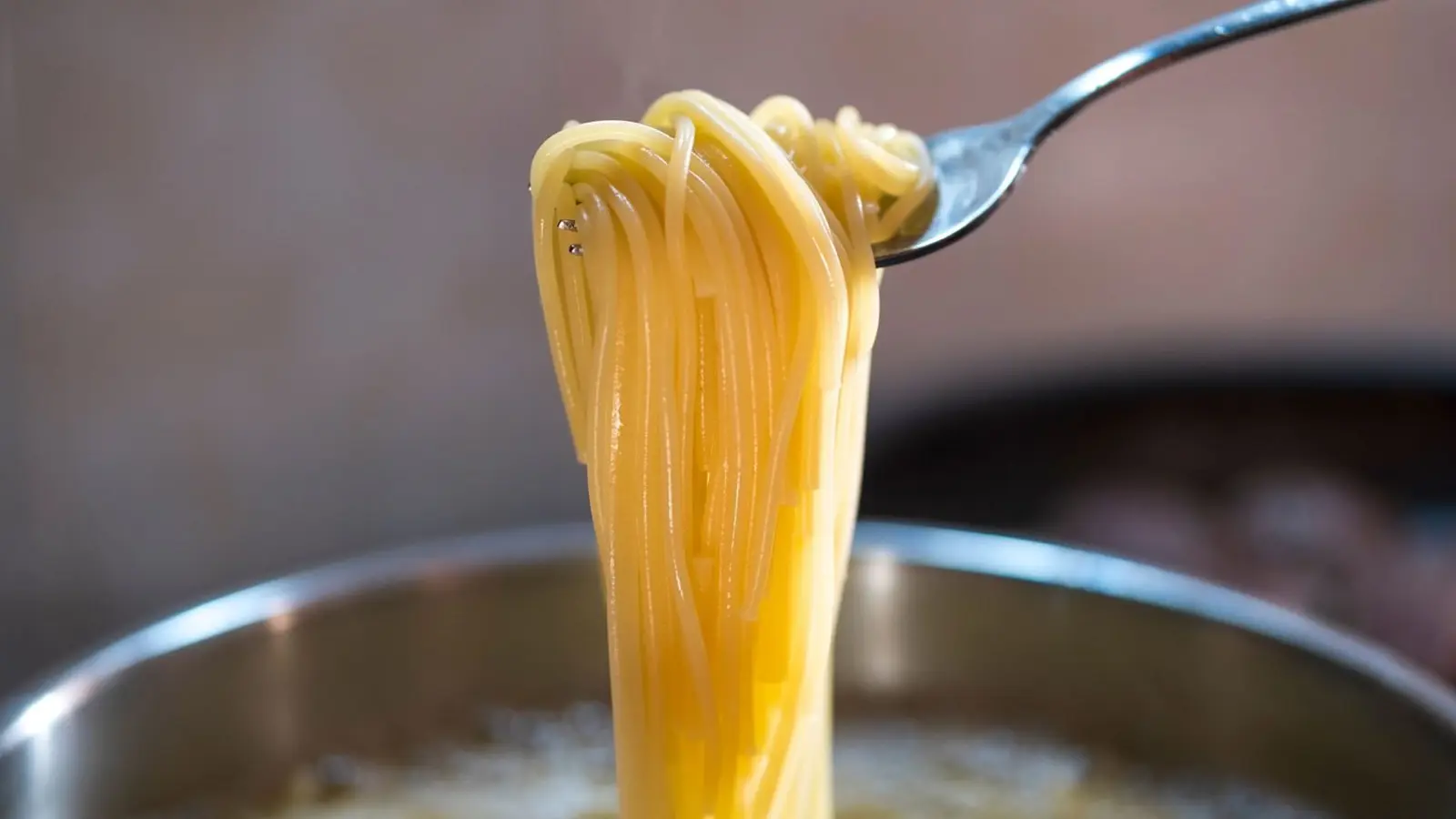3 Minutes
Why does ordinary spaghetti survive a furious boil while some gluten-free brands collapse into sticky fragments? New research from Lund University reveals that gluten and even the salt in the cooking water play critical roles in maintaining a pasta's microscopic architecture — and therefore its texture at the plate.
Peering inside pasta: tools and techniques
To understand how pasta stands up to heat and agitation, researchers examined commercial spaghetti at the nanoscale. They combined small-angle neutron scattering and X-ray methods to map the internal arrangement of proteins and starches down to a billionth of a meter. These techniques let scientists link microscopic structure to everyday characteristics like firmness, shelf life, and glycaemic response.
Gluten as the pasta safety net
The team found that gluten does more than give pasta chew: it forms a resilient, protein-based network that supports and traps starch granules during cooking. In regular wheat pasta, this gluten matrix acts like a safety net, preventing the starch from swelling and dispersing too quickly. The result is spaghetti that remains cohesive and pleasantly al dente across a range of cooking conditions.
By contrast, many gluten-free pastas rely on engineered, non-protein matrices. These can work well, but often only under narrow conditions. Cook a gluten-free brand a little too long or with an unsuitable salt concentration, and the artificial matrix can break down — leaving a mushy or crumbly texture.

Salt matters more than you might expect
Beyond gluten, salt in the cooking water influences structural resilience. According to lead researcher Andrea Scotti, the presence and concentration of salt alter how the protein-starch network responds to heat. Regular pasta tolerates a wider range of cooking times and salt levels, while some gluten-free formulations show reduced structural resistance when conditions are off.
What this means for cooks and producers
For home cooks: seasoning pasta water is not just about flavor — it also affects texture. For producers: the study suggests routes to improving gluten-free pasta by engineering matrices that better mimic gluten's stabilizing role. The researchers plan further work to test different shapes, manufacturing processes, and how digestion changes the pasta's chemical structure once it reaches the stomach.
Implications for nutrition and product design
These nanoscale insights can inform efforts to make gluten-free pasta that's both durable and nutritious. By correlating microstructure with glycaemic index and cooking tolerance, food scientists can optimize formulations for improved texture and health outcomes. 'With demand for gluten-free alternatives increasing, we hope our methods can help develop more durable and nutritious products,' says Andrea Scotti, senior lecturer in physical chemistry at Lund University.
In short: the humble protein gluten and a pinch of salt together shape the pasta experience at the molecular level — and understanding that structure opens a path to better, more reliable pasta for everyone.
Source: scitechdaily


Leave a Comment